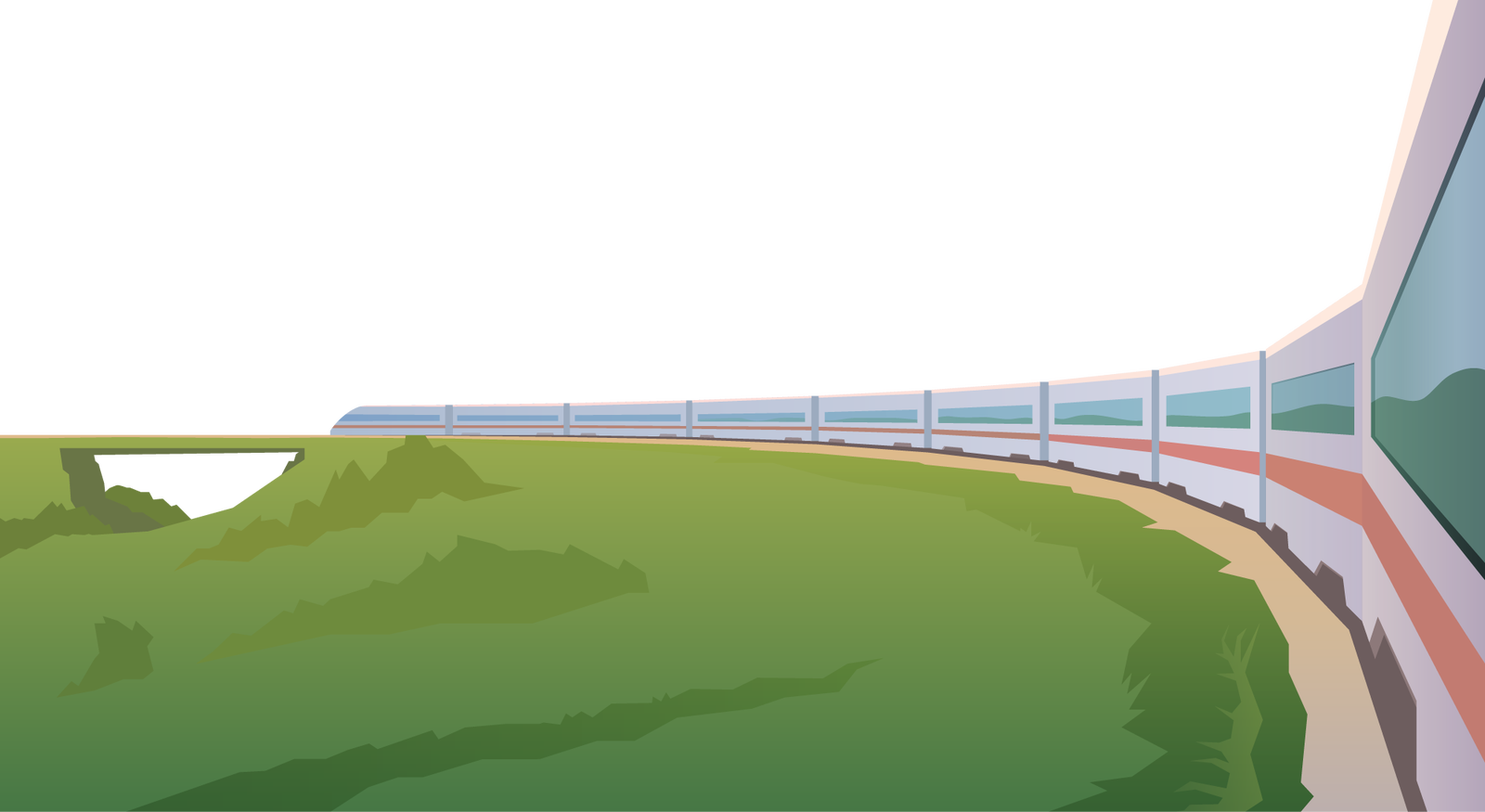Rail Baltica: the Baltic countries’ link to Europe
An 870km greenfield rail corridor running between the three Baltic countries, Rail Baltica is the only infrastructure project expected to meet the requirements of the TEN-T Regulation by 2030. The line currently represents a key missing link of the North Sea Baltic TEN-T corridor that connects Poland, Latvia, Estonia, Lithuania and Finland via a mix of rail and other transport modes.
Rail Baltica has long been hailed as one of the most promising infrastructure projects in the EU for its role in boosting the local economy post-coronavirus and its contribution to tackling climate change. This is despite the link serving a projected low ridership of 8.3 million people and the ECA’s consequent fears that it won’t be economically sustainable.
Nevertheless, great things are expected from this project and the opportunities it could unlock in the future, including creating 13,000 direct jobs and supporting trade between the region and the rest of Europe. “Rail Baltica is turning out to be an excellent showcase of how Europe and global partners are coming together to help deliver a wonderful greenfield project,” said Rail Baltica head of strategy and development Kaspars Briškens during a recent webinar.
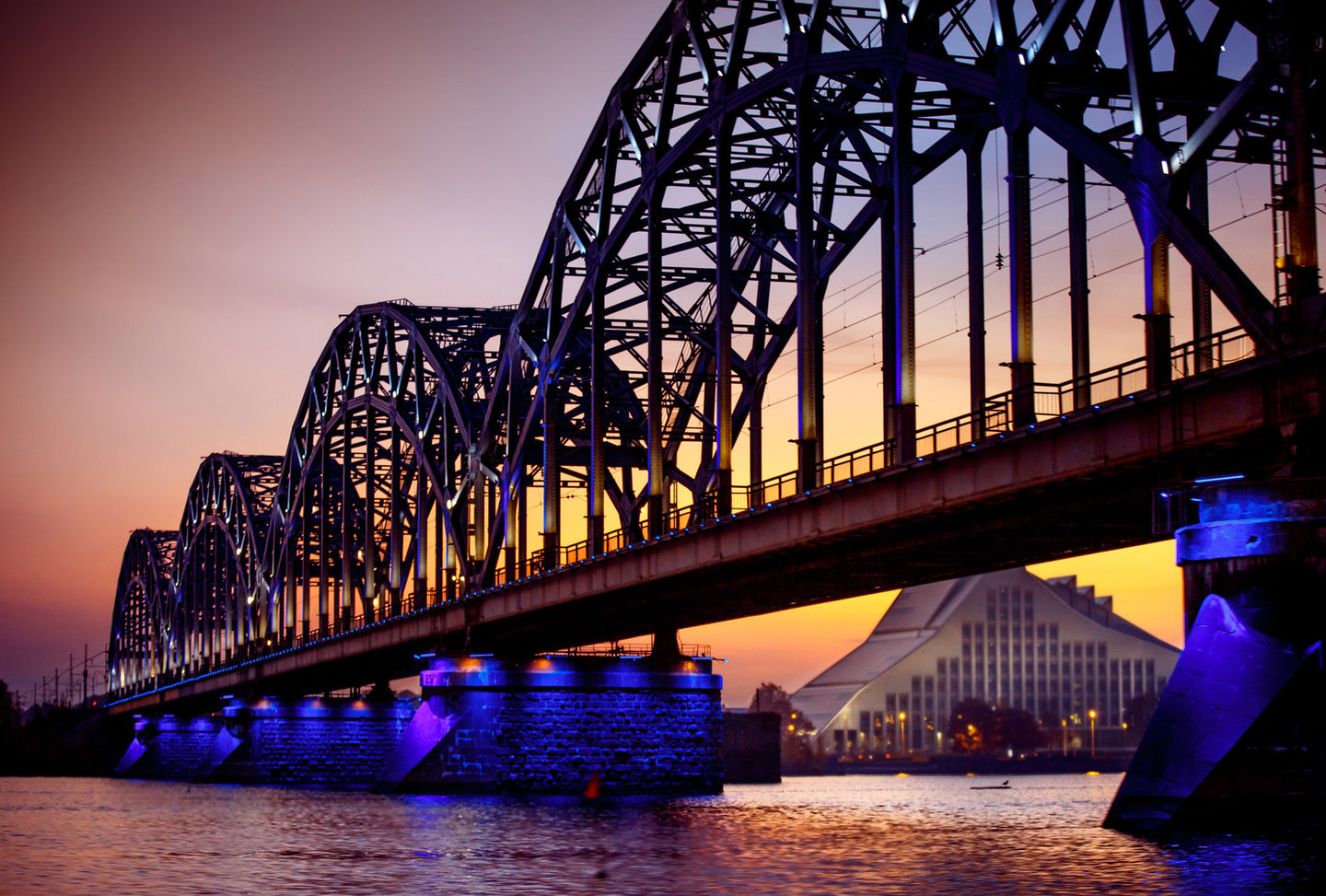
A railway bridge over Daugava river in Riga, Latvia.
Lyon-Turin: a tunnel through the Alps for passengers and freight
One of the most debated infrastructure projects on the continent, the Turin-Lyon high-speed rail network aims to connect northern Italy to southwestern France through 270km of tracks. Plans to build a tunnel between the Alps to link Turin and Lyon have been on the cards since the 1990s, though political frictions in Italy and budget issues have caused numerous delays.
A pillar project for both passenger and freight services between the two countries, the Turin-Lyon is part of the wider TEN-T Mediterranean corridor that runs from southern Spain to Eastern Europe via various transport methods.
According to the ECA’s report, the line’s cross-border section looks en route for completion before the 2030 deadline. However, it is unlikely to become operational by then as the expected completion date of 2029 leaves a small margin for potential delays.
Access lines on both sides are either currently compliant with the policy parameters or going to be so by 2030. On the other hand, speed requirements and the service’s ERTMS system are yet to become TEN-T-compliant.
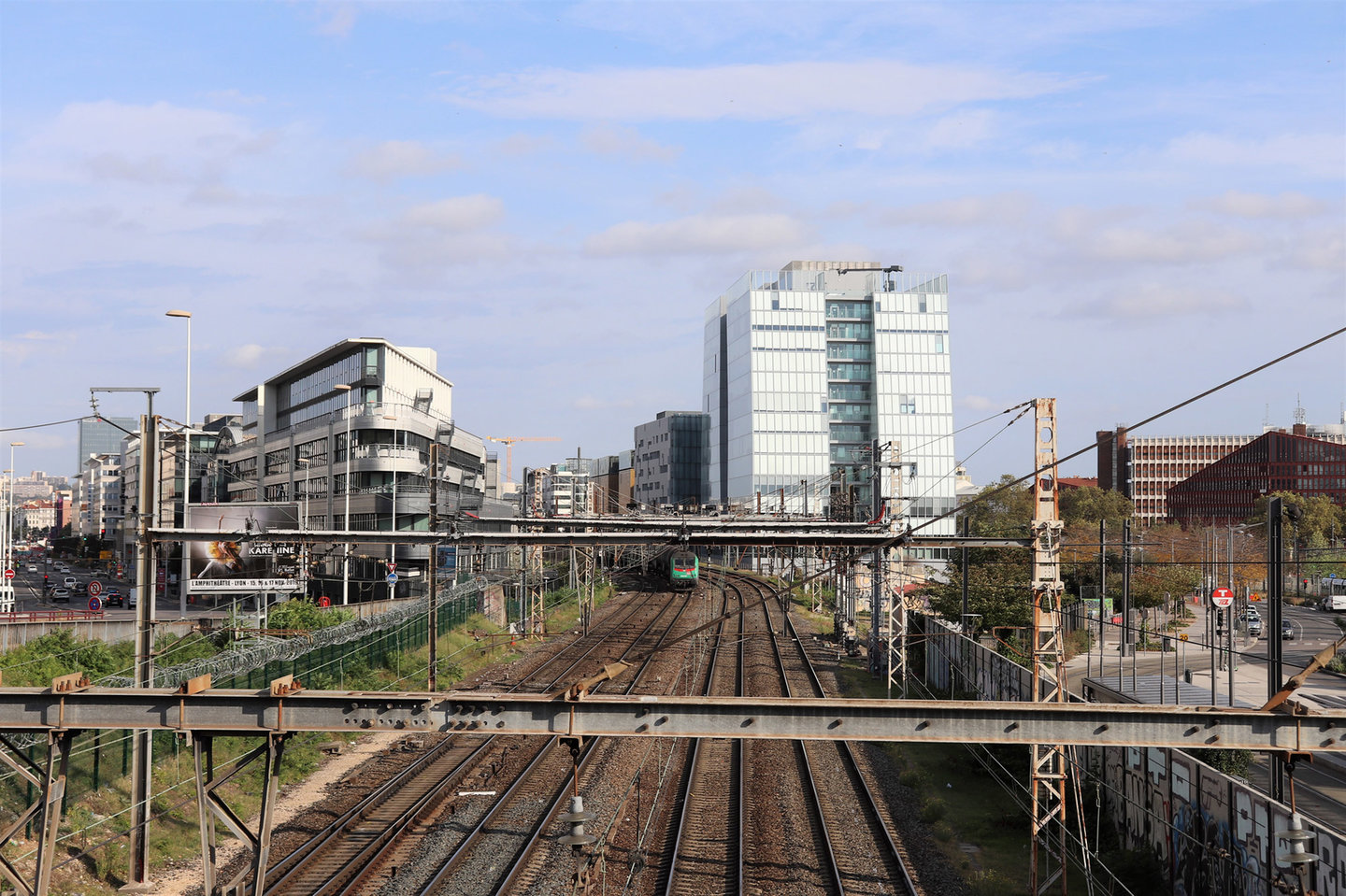
Image: EBASCOL | Shutterstock.com
Brenner Base Tunnel: improving connections between Verona and Munich
The Brenner Base Tunnel is a two-tube railway tunnel currently under construction to improve connections between Italy, Germany and Austria. Upon completion, the link will span 64km to form an essential part of the Scandinavian-Mediterranean TEN-T core network that runs from Sicily to Finland in a vertical axis.
Northbound and southbound lines passing through the tunnel are also currently being built to better connect Verona and Munich. The tunnel is expected to serve a population of 7.9 million people and will be used for both freight and passenger operations.
Despite the opening date expected for 2028 and access routes in Germany and Italy scheduled to be fully compliant with the TEN-T regulation by 2030, the ECA found that some German access lines could be delayed to between 2040 and 2050. In addition, the Austrian Court of Audit recently warned of potential delays of two more years, hinting that the tunnel might not enter service before 2030.
Finally, the project’s partnering countries of Austria, Germany and Italy are yet to complete a harmonised traffic study and therefore agree on consistent figures and methods.
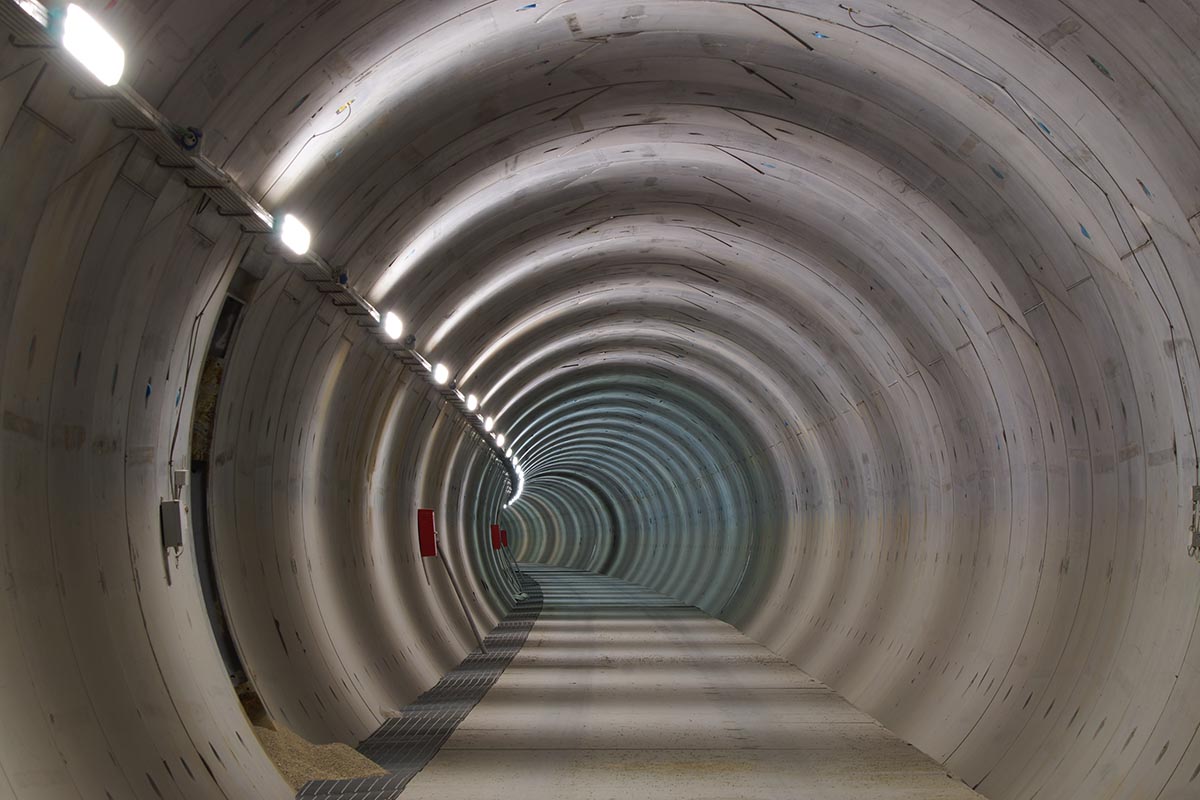
The Brenner Base Tunnel. Image: Wikimedia Commons | BBT SE - CC BY-SA 4.0
Fehmarn Belt: connecting Scandinavia to mainland Europe
Right at the northern end of the Scandinavian-Mediterranean corridor is the Fehmarn Belt Fixed Link, an 18km rail-road tunnel connecting the Scandinavian Peninsula to the rest of Europe.
The project involves the construction of a motorway and a double-track mixed railway line for both passenger and freight between Germany and Denmark, which are both currently building access lines to support the link.
The ECA report concluded that the project is on track to meeting its target opening date of 2028 while having a margin of three years to meet the TEN-T regulation demands. Similarly, access routes to the tunnel are expected to enter full capacity and comply with the regulation in time for the tunnel’s opening.
However, the ECA also pointed to the fact that the line may not be economically sustainable. Although over seven million people currently live in a 60-minute radius from it, the final link is predicted to be used by a mere one million passengers every year, potentially jeopardising the cost-benefit ratio of the project.
Basque Y: France and Spain’s new high-speed rail
Named after the region it crosses and its shape, the Basque Y high-speed railway will run on 175km of track between France and Spain. On the French side, the line will be connected to local high-speed network Grand Project Sud-Ouest via the Atlantic Corridor.
While the Basque Y is expected to be completed and operational by 2030, it is indeed the French side that might cause delays to its opening. According to the ECA’s report, France seems keen to postpone its new high-speed line between Bordeaux and Dax and then from Dax to the border - and therefore the Basque Country - until after 2037.
As per the report, the European Commission is currently holding discussions with French authorities to start upgrade works for the line early and have them ready in time for Basque Y’s opening. The EC is also stressing the importance of carrying out the upgrades in compliance with TEN-T requirements.
A map of the Basque Y high-speed rail route. Image: Wikimedia Commons | Laukatu - CC BY-SA 4.0
E59: Poland and Germany’s rail line
Stretching along the border between Poland and Germany, the E59 rail line is located on the TEN-T Baltic-Adriatic core network corridor that connects northern Italy to the Baltic Sea via central Europe. It runs 678km from northwestern Poland to its border crossing with the Czech Republic.
The line has already been built and is currently undergoing upgrade works that the EC expects to be completed by 2030 in accordance with TEN-T requirements. However, the ECA’s report has claimed the works are highly unlikely to reach completion by the set date as “they take a long time to build, and the works for certain sections have not even been planned yet”.
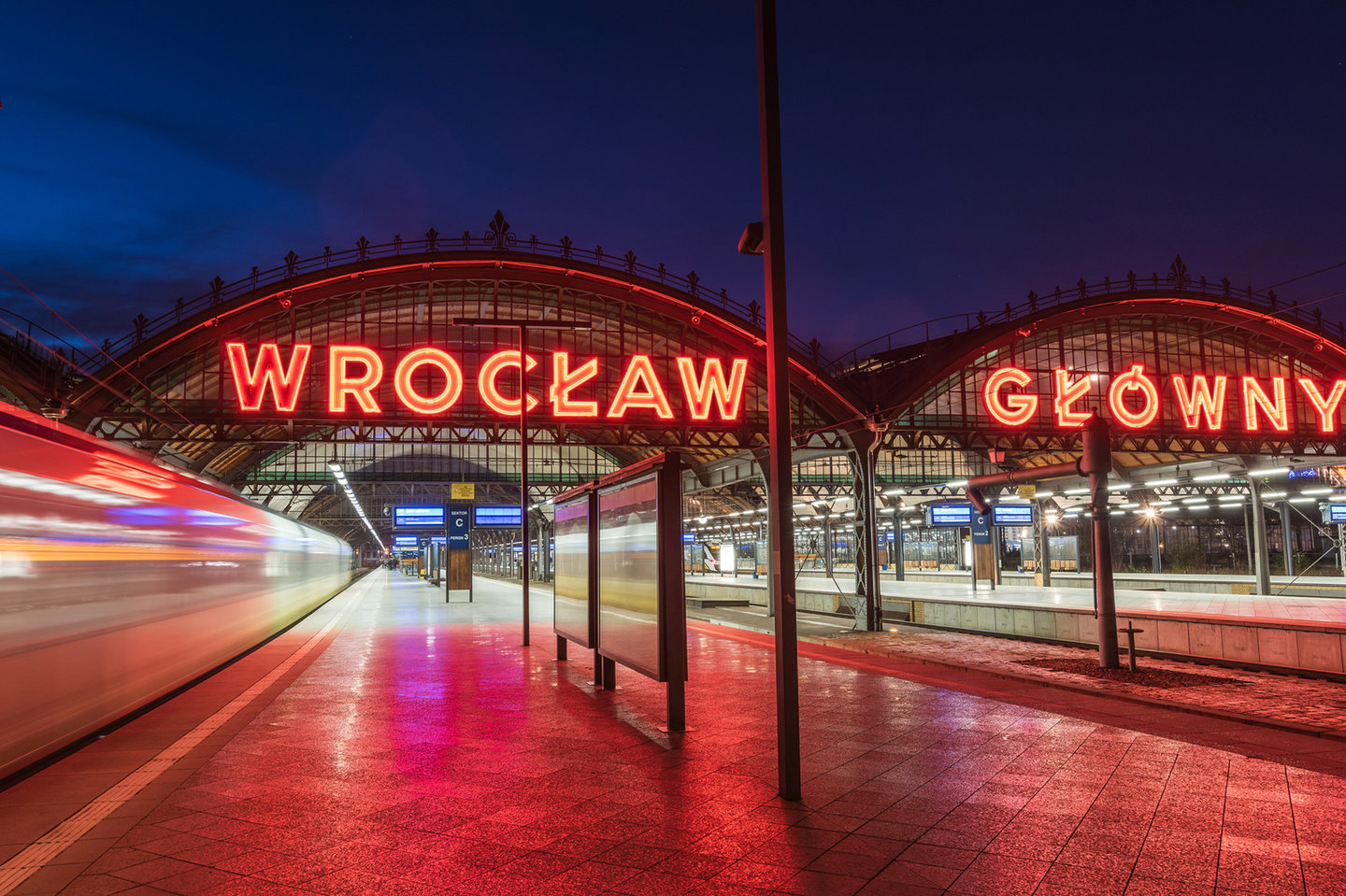
Wroclaw Glownly station in Wroclaw, Poland. Image: Dziurek | Shutterstock.com
